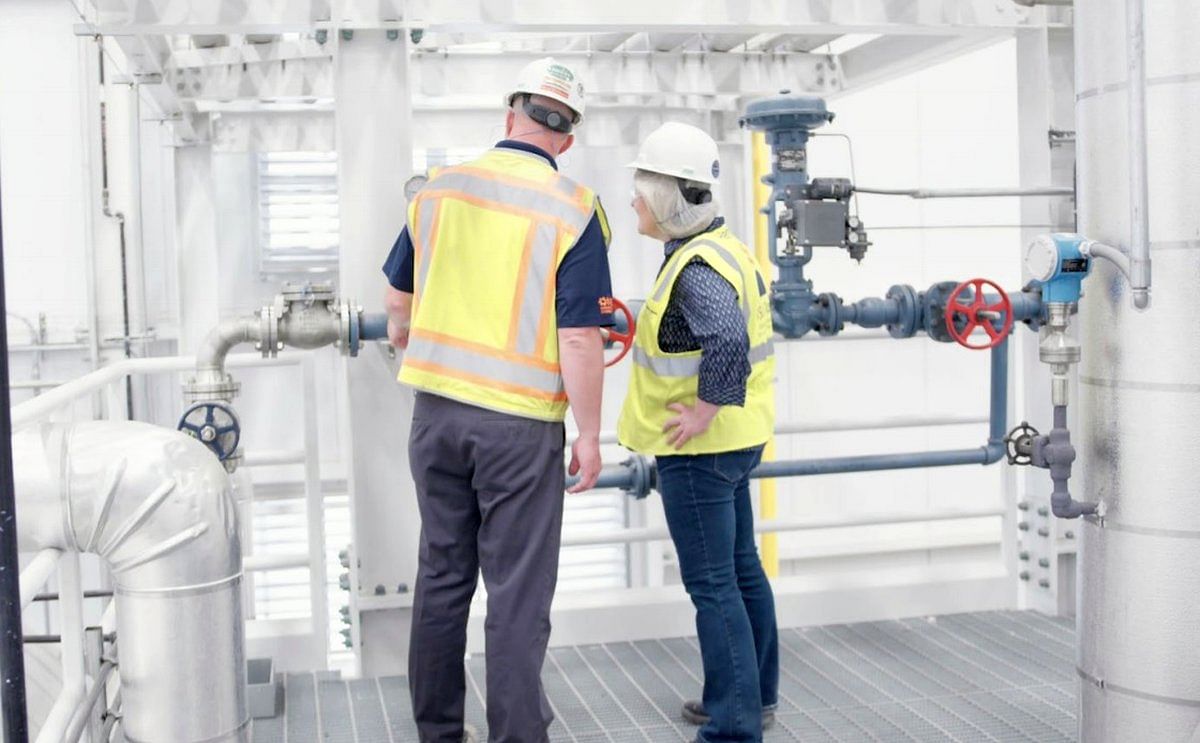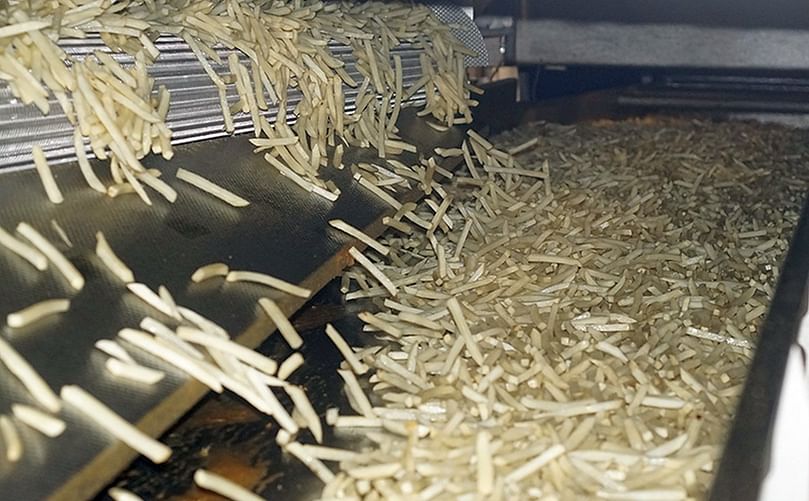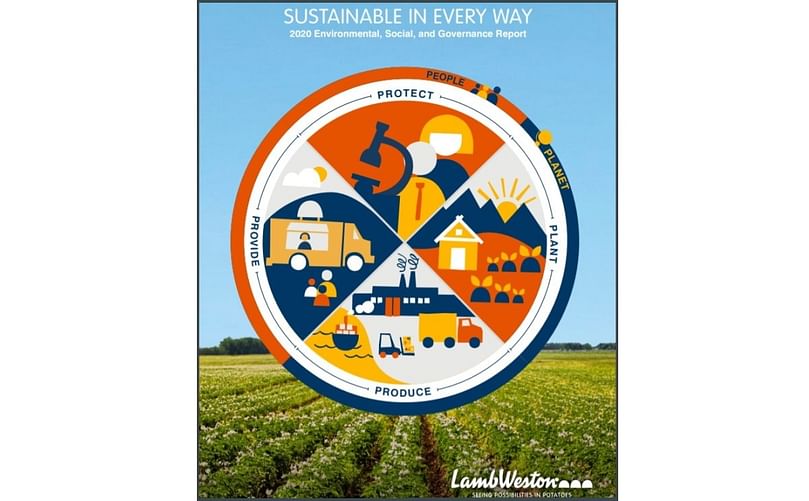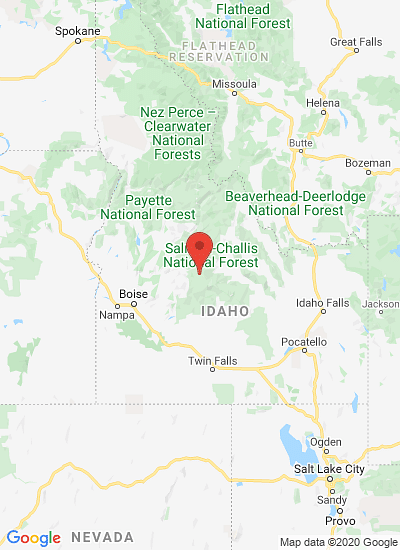Lamb Weston is known for its frozen french fry products but it also produces shredded potatoes, diced potatoes formed potatoes (hash browns and Tater Puffs), chips, mashed potatoes, appetizers and vegetables.
主标签
Lamb Weston pulls back curtain with first-ever sustainability report

The region's largest potato processor sheds new light on french fry-making in its first-ever corporate sustainability report.
Lamb Weston Holdings Inc. issued its 2020 Environmental, Social, and Governance Report on June 2. In it, the Eagle, Idaho-based company describes its corporate and environmental goals, the steps it is taking to meet them and the progress it has marked to date for the first time.
Lamb Weston became an independent, publicly traded company in 2016 when it spun out of ConAgra Foods.
Tom Werner, chief executive officer, in an introduction:
“This report highlights work that Lamb Weston has always believed in – operating with integrity to support the long-term sustainability of our business.”
Corporate sustainability reports are issued by companies interested in telling investors and the public about their non-financial goals around governance, environmental stewardship and corporate philanthropy.
Lamb Weston joins Pacific Northwest icons such as Costco Wholesale Inc., Microsoft Corp., Amazon, Starbucks Inc., Nike Inc., Paccar Inc., Nordstrom Inc., Weyerhaeuser Co. and Precision Castparts Corp. that issue corporate sustainability reports, often called CSRs.

Lamb Weston, which reported USD 3.8 billion in revenue in 2019, is one of the largest and most diverse companies operating in the Mid-Columbia.
It has a corporate office in Kennewick, a research and innovation center in Richland, a 20,000-plus acre farm near Paterson and production facilities in Boardman, Connell, Hermiston, Pasco, Paterson, Quincy, Richland and Warden. It employs more than 2,500 people in the area.
The company report card notes it set a goal to cut water and power use by 10 percent and to divert all waste from landfills in 2016, the year it separated from ConAgra.
By 2019, it had reduced the amount of water and energy it takes to produce a pound of potatoes by 4.7 percent and 4.4 percent, respectively. It diverted 86 percent of its waste from landfills, in part by reinventing the bags frozen potato products ship in to be recycled with boxes and paper.
The company said it has saved 3.4 million kWh of electricity, 104.5 million gallons of water and diverted 21,496 tons of materials from landfills. It avoided 3,330 metric tons of greenhouse gas emissions and realized USD 5.6 million in savings and avoided costs.
The report coincides with a global pandemic that has chilled demand for the company’s products. Lamb Weston informed the Washington Employment Security Department it would temporarily lay off 360 workers in Connell and 300 in Warden beginning June 15.
Cutting water, power, waste
Lamb Weston’s french fry plant in Hermiston is cited as an example of extreme water savings.
The plant reclaims wastewater from processing and puts it through anaerobic and aerobic processes, as well as reverse osmosis, filtration and sanitation. The reclaimed water meets the legal standard for use in food manufacturing.
Hermiston reuses the cleaned water. The approach allowed Lamb Weston to add a new processing line without using any added water. The USD 250 million line boosted the plant’s capacity by 300 million pounds. It opened in 2019 and added 150 jobs.
Its Boardman East plant is another example
Lamb Weston received the U.S. Green Building Council’s Leadership in Energy and Environmental Design (LEED) at Boardman for an aggressive energy savings program. Boardman East uses 23 percent less power than the industry benchmark for a plant its size, according to the report.
Its first LEED project is in Delhi, Louisiana, where waste from the sweet potato plant are converted to biogas in an anaerobic digester. The biogas system reduces the plant’s demand for natural gas to power systems.
The closed-loop system made Delhi the first frozen food production facility to earn 'platinum' certification, the highest-level LEED.
Lamb Weston said it reinvented how its ships products based on feedback from customers. It developed recyclable Tite-Pak bags, which can be recycled with boxes and paper. Washington State University and Michigan State University, which both serve Lamb Weston products in their cafeterias, tested the new packaging on their campuses.
100 Circles Farm
Lamb Weston runs the 20,000-acre 100 Circles Farm near Paterson, south of Kennewick. The farm produces about 10 percent of the potatoes Lamb Weston processes into french fries, with the balance cultivated by the 100-plus farmers who hold contracts to grow potatoes on 170,000 acres.
100 Circles, led by Troy Emmerson, is far more than a potato farm. It is an experimental farm where Lamb Weston tests new technology and techniques to conserve resources while maximizing yield. And it gives the company insights into the challenges its farmer-partners face in their own fields.
100 Circles grows root crops, vegetables and raises dairy cows.
Byproducts from crops go into dairy feed. Manure is spread on the field crops.
The farm incorporates crop rotation, pest management, minimal tillage and other steps to meet its sustainable agriculture goals.
What’s in a potato?
Lamb Weston is known for its frozen french fry products. It also produces shredded potatoes, diced potatoes formed potatoes (hash browns and Tater Puffs), chips, mashed potatoes, appetizers and vegetables.
But the humble potato is at the heart of most of its products. The company reports it has made progress on reducing the resources it takes to grow a potato.
In 2019, it took 0.8-acre inches of water, or 21,700 gallons, to grow a ton of potatoes, 11.7 pounds of nitrogen and 3.6 pounds of active ingredient pesticide.
There are about 5,400 Russet potatoes in a ton. Russets are the most grown potato for french fries.
(Click picture to download the 56-page report) 
The 56-page report can be downloaded here.











